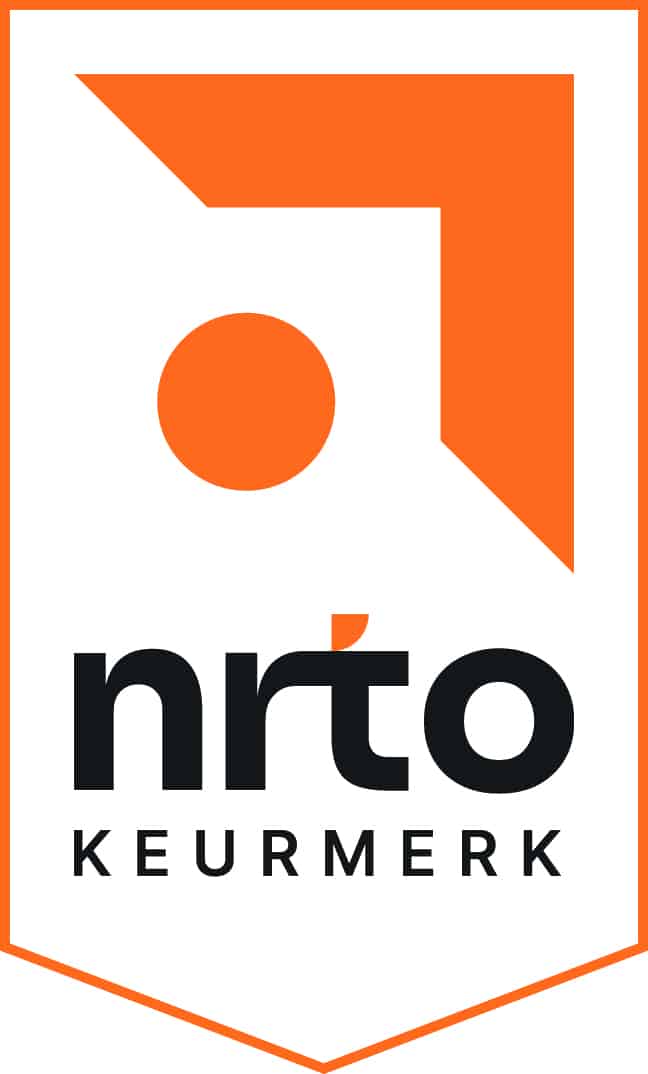Vind de training die bij jouw doelen past
Terugbelverzoek
Wil je meer weten, maar nu even geen tijd?
Laat je gegevens achter, dan nemen wij binnen 2 werkdagen contact met je op
Dé IT-opleider van het noorden
- Klanten geven ons een 9.2
- Erkende trainers
- Ontvang een certificaat na deelname
- Train op één van onze drie locaties of vanuit huis
Terugbelverzoek
Vul hieronder jouw gegevens in, zodat wij telefonisch contact met je kunnen opnemen.
"*" geeft vereiste velden aan
Vragen of direct contact nodig, bezoek onze contactpagina.

Eliano Patty
Hoofd Sales




